What is a waterproof LED strip light
A waterproof LED strip light is a linear array of LED packages which are assembled on a flexible printed circuit board, with the entire assembly having a minimum ingress protection (IP) rating of IP65. An IP rating refers to the degree of protection provided by an electronic or electrical enclosure against the intrusion of external dust, fluid, or other objects that may pass through into the product. The first digit indicates protection against solid objects. The second digit identifies the level of liquid protection. The larger the value of each digit, the greater the protection is.
Moisture-induced failure mechanisms
Bare LED strips are typically IP20 rated, which means they’re only protected from touch by objects greater than 12 millimeters and is not protected from liquids and moisture. These LED strips are not intended for use in locations subject to water splashing and jets, condensation of moisture, and saturation with water or other liquids. Exposure to moisture vapor and ingress of water can significantly shorten the lifespan of LED strips. Both flexible printed circuit boards and LED packages are vulnerable to water or moisture ingress. Flexible circuit boards use layers of polyimides to provide both flexibility and structural integrity for LED strips. Moisture absorption from the environment can cause hygroscopic swelling and delamination of the polyimide layers. In LED packages moisture presence in the phosphor layer can affect the rate of chromaticity shift. Sulfide-based phosphors are very sensitive to moisture, and they degrade fast under ambient conditions. Moisture ingress in LED packages can cause a permanent reduction in light output due to delamination between the LED die and the encapsulant.
Sealing materials
To avoid extrinsic failures in environment where high humidity atmospheres or water ingress are likely to be present, it is necessary to seal LED strips to higher IP ratings. Before we go any further, attention should also be paid to the sealing/encapsulation materials. Resins used for sealing LED strips are generally one of three types, epoxy, polyurethane (PU) and silicone.
Epoxy resin
Among these materials epoxy resin is relatively cheap. It exhibits low shrinkage on cure, good high temperature performance, good acid and alkali resistance. Epoxy resins are known to have two major shortcomings. One is that cured epoxy coating is usually brittle owing to rigid cross-linked networks. Typical operating temperature is 0 to 60°C. The other disadvantage with epoxy coating is the photodegradation under radiation at high temperatures, which can result in yellowing (due to the formation of thermo-oxidative cross-links).
Polyurethane
Polyurethanes exhibit high UV stability, good low temperature performance, and excellent resistance to a broad range of chemicals. For the majority of polyurethanes the minimum operating temperature can be as low as -40°C. Polyurethanes have the best moisture resistance among three types of resins. The bonding force is second to silicone. PU resin offers high transmission of light (97.7% transmission rate), which greatly outperforms epoxy resins (82.1% transmission rate).
Silicone
Silicones have superior UV stability, biocompatibility, adhesion to a wide variety of substrates, and structural stability during service. This material has excellent stability over a wide range of operating temperatures (-50 to 200°C). As with polyurethanes, silicones have a good thermal conductivity which makes them advantageous in sealing the self-heating LEDs. Silicones also have good optical transmittance (94.6% transmission rate). Despite having a large coefficient of thermal expansion (CTE), high moisture and gas permeability as well as a higher price when compared with other alternatives, silicones are the most favored glue/encapsulation material for LED strips owing to their excellent overall performance.
Ingress protection (IP)
Depending on the application, waterproof LED strips can be sealed to an IP65, IP67, or IP68 rating. All products are hermetically sealed for the highest level of protection against solids (dust tight) but the level of protection against liquids varies.
IP65
An IP65 rated LED strip light is resistant to low pressure jets of water of from all directions. The top side of the strip (which includes the circuit board, LEDs and resistors) is coated with a thick layer of epoxy or polyurethane (PU) glue. LED strip lights with an IP65 rating are typically designed for installation under kitchen cabinets and in bathrooms, and any interior area where the LED strips may be exposed to spraying or splashing water.
IP67
An IP67 rated LED strip light is protected against the effects of immersion between 15 cm and 1 m. This strip is suitable for installation under the nosings of steps, the eaves of buildings, seating and balustrades, and for outlining water features, building and garden structures. The strip is fully encapsulated by a silicon sleeve and comes with an additional glue seal at each end.
IP68
An IP68 rated LED strip light is protected against long periods of immersion in more than 1 meter. This submersible strip is suitable for installation in areas where it will sit in water for prolonged periods of time (i.e., showers, saunas, spas, swimming pools, and areas where direct contact with water is unavoidable). The strip is encased by a silicone extrusion or tube that is sealed on each end.

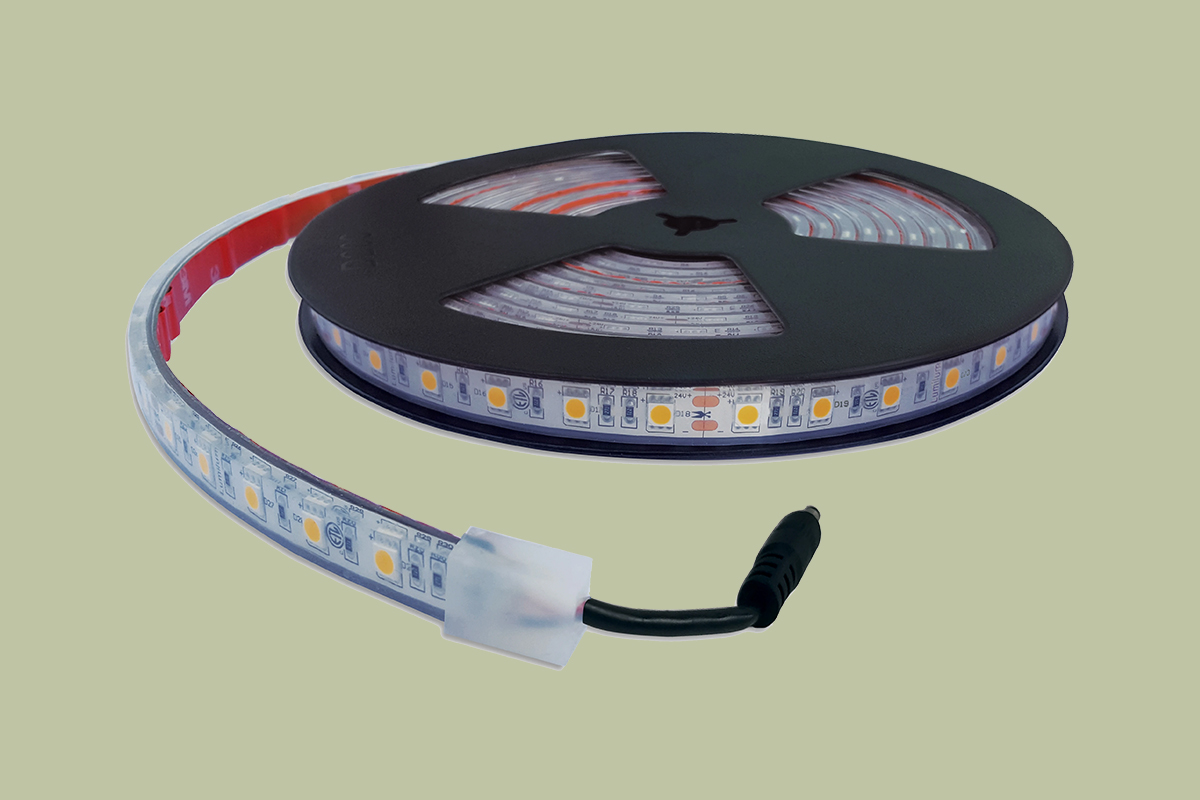
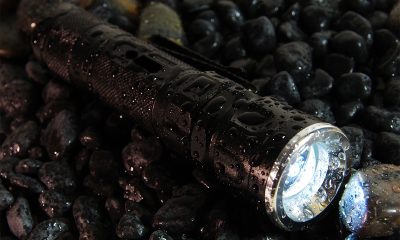

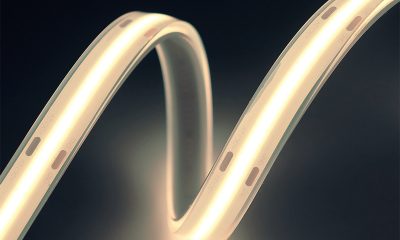
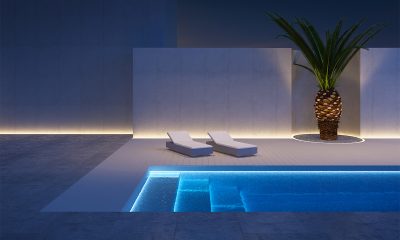
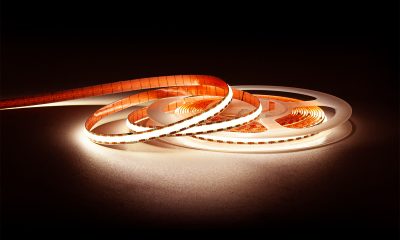
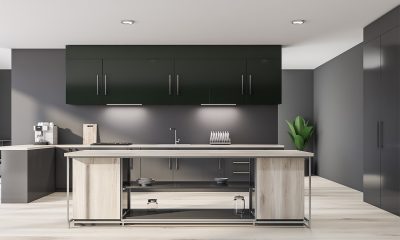


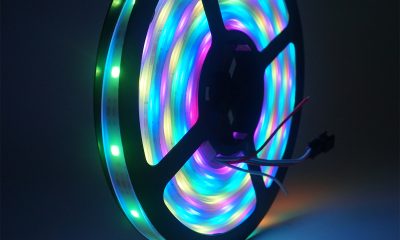
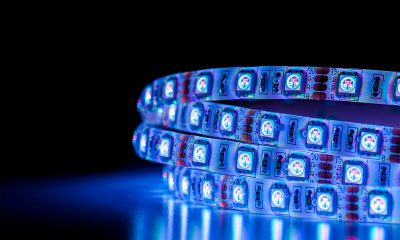
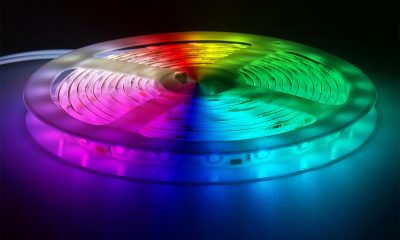
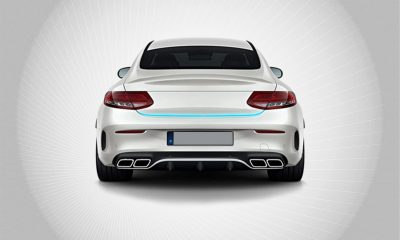





Loading...